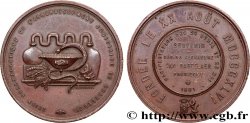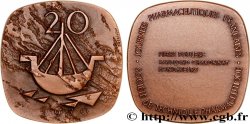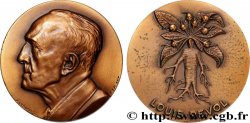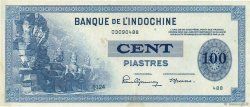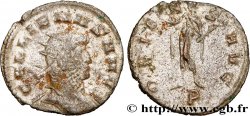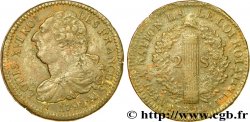fjt_700357 - PHARMACISTS - CHEMISTS - APOTHECARIES 1778
Not available.
Item sold on our e-shop (2024)
Price : 180.00 €
Item sold on our e-shop (2024)
Price : 180.00 €
Date: 1778
Metal : silver
Diameter : 30 mm
Orientation dies : 6 h.
Weight : 9,46 g.
Edge : Cannelée
Rarity : R1
Catalogue references :
Obverse
Obverse legend : LUDOV. XVI. REX CHRISTIANISS.
Obverse description : Buste à gauche de Louis XVI signé DUVIV. [type n° 374].
Obverse translation : Louis XVI, roi très chrétien.
Reverse
Reverse legend : IN HIS. TRIBUS VERSANTUR ; À L'EXERGUE : COLLEGE. DE PHARMACIE. 1778.
Reverse description : Un palmier autour duquel s'enroule un serpent, formant un caducée.
Reverse translation : Ils sont versés dans les trois règnes.
Commentary
Georges Dillemann, dans son ouvrage Jetons et Médailles Pharmaceutiques (p.14), donne l'explication de ce revers : le palmier n'est pas l'emblème des apothicaires, comme le pensait Feuardent, ni leurs armes, suivant Réaubourg, mais le symbole des trois règnes de la Nature. Le palmier représente le règne végétal, le serpent, le règne animal et le sol rocailleux le règne minéral. Les métiers d'apothicaires et de pharmaciens furent séparés en avril 1777 et l'autorisation de battre jetons donnée en 1778. Notre exemplaire a été nettoyé très anciennement.
Georges Dillemann, in his work Jetons et Médailles Pharmaceutiques (p.14), gives the explanation for this reverse: the palm tree is not the emblem of the apothecaries, as Feuardent thought, nor their arms, according to Réaubourg, but the symbol of the three kingdoms of Nature. The palm tree represents the plant kingdom, the snake, the animal kingdom and the rocky soil the mineral kingdom. The professions of apothecaries and pharmacists were separated in April 1777 and the authorization to mint tokens given in 1778. Our example was cleaned very old
Georges Dillemann, in his work Jetons et Médailles Pharmaceutiques (p.14), gives the explanation for this reverse: the palm tree is not the emblem of the apothecaries, as Feuardent thought, nor their arms, according to Réaubourg, but the symbol of the three kingdoms of Nature. The palm tree represents the plant kingdom, the snake, the animal kingdom and the rocky soil the mineral kingdom. The professions of apothecaries and pharmacists were separated in April 1777 and the authorization to mint tokens given in 1778. Our example was cleaned very old








 Report a mistake
Report a mistake Print the page
Print the page Share my selection
Share my selection Ask a question
Ask a question Consign / sell
Consign / sell
 Full data
Full data
